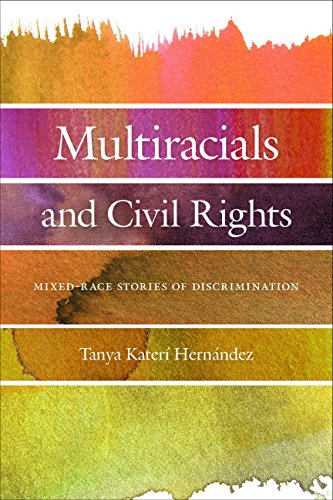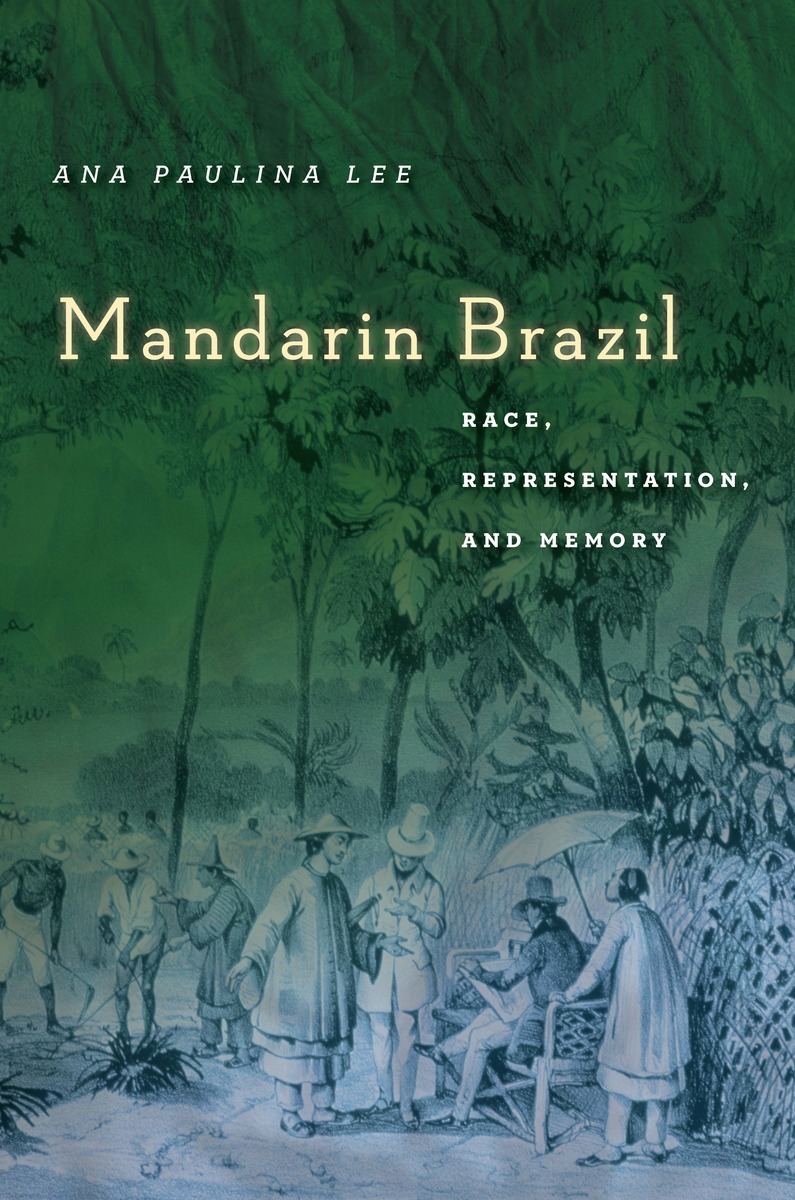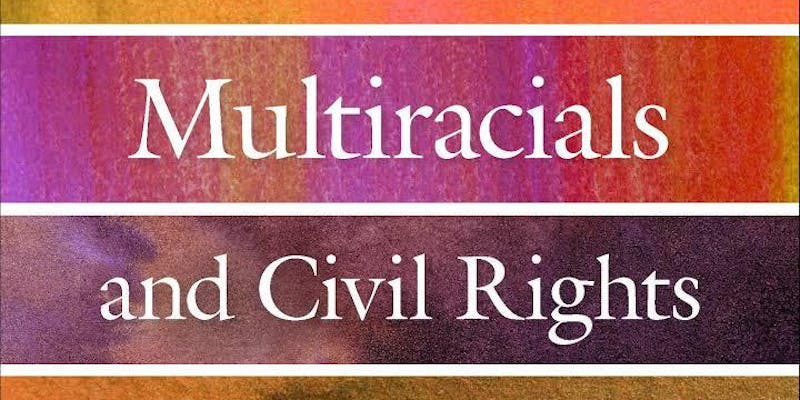Multiracials and Civil Rights: Mixed-Race Stories of Discrimination [Review]
new york journal of books
2018-08-27
L. Ali Khan, Professor of Law
Washburn University, Topeka, Kansas

Tanya Katerí Hernández, Multiracials and Civil Rights: Mixed-Race Stories of Discrimination (New York: New York University Press, 2018)
“General readers, with no initiation in law, will learn quite a bit about racial discrimination, civil rights laws, and how academics grapple with theoretical difficulties underlying race relations in the realm of law.”
In Multiracials and Civil Rights, Fordham law professor Tanya Hernández demonstrates that discrimination perpetrated against blacks also targets mixed-race persons, called multiracials. Contrary to popular expectations, multiracialism has not alleviated racism. Deviations from the hundred-percent whiteness (a racial myth) continue to inform social constructions of race, racial awareness, discrimination, and the application of civil rights laws.
Historically, the one-drop rule has required that a person with any degree of black ancestry must identify solely as black. With diverse immigration and interracial procreation, multiracialism is on the rise. Since 2000, multiracials are free to identify with more than one race. Yet such is the sociology of racism that any fraction of blackness, visible or hidden, reduces multiracials into black persons, discounting their other racial traits.
The hundred-percent whiteness paradigm formulates and protects the white privilege, a source of unearned advantage, and offers measly concessions to any dilution of whiteness. Therefore, non-whiteness is potentially subject to racial discrimination actionable under law…
Read the entire review here.









